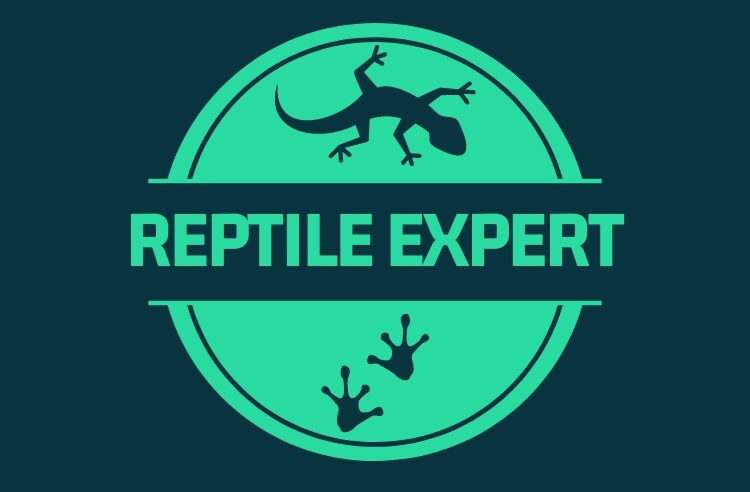Geckos are one of the most popular reptiles to be kept as pets – especially for beginners – and with good reason. They tend to be docile and easy to tame as well as being relatively easy to care for. In particular, the leopard gecko is the number one choice when it comes to choosing a reptile pet. However, other species are also increasing in popularity, such as the crested gecko and house gecko.
What is a gecko?
Indigenous to warm climates throughout the world, geckos are small lizards that are unique in being able to make chirping sounds for communication with other geckos. They are also unusual in having no eyelids – instead periodically licking the transparent membrane over their eyes clean with their tongue – and in having toes which have an amazing ability to adhere to many surfaces, without need for any surface tension or sticky liquids. An exception is the leopard gecko which does have eyelids and also does not have toe pads and so cannot climb particularly well.
In many parts of the world, particularly in tropical regions, geckos are common “house guests”, living on walls and ceilings in the house and helping to control insect pests. Geckos come in a dazzling array of colours and patterns, which accounts in part for their popularity as pets. Some species can even change colour to blend with their surroundings or in response to temperature differences.
A key thing to remember is to never grab a gecko by its tail as the lizard will drop it as a natural defence mechanism against predators and while it will eventually grow back, it may never regain the shape and colour of the original. If this does happen, make sure that the gecko is well-fed and cared for – and separated from other geckos – until the tail has regrown.
Leopard Geckos can be very long-lived – over 20 years in some cases – so careful thought must be given before acquiring one as a pet. They are usually nocturnal and ground-dwelling in the wild.
Where do I keep my gecko?
Geckos can be kept together but avoid putting more than one male in a tank (as they will fight to the death) and only keep males and females together if you’re prepared to cope with numerous offspring! For 2-3 geckos, a 15-20 gallon tank is usually sufficient although larger is better. Make sure you provide hiding places and climbing obstacles with things like logs, as well as commercial reptile caves and other features. You can also just use cardboard boxes. Make sure one of the hiding places is a damp area, which will help with shedding. This can be easily achieved just with a plastic container with moist soil or moss inside and a hole in the lid for access.
Paper or indoor carpet make good substrates. Avoid things like sand and wood shavings for young geckos as they may be ingested and cause intestinal blockages but adult geckos do well on sand substrate. One thing you will not have to worry about with leopard geckos is providing UV lighting as they are nocturnal. However, they do need to still have a basking spot under an incandescent bulb – but make sure it is dimmed by using a red bulb or even a ceramic heating element to provide the warmth. Similarly, undertank heaters can be used. The temperature gradient should range from low 80s F (around 27 C) in the day time to mid 70s F (around 25 C) at night, with a basking spot of around 90 F (32 C).
What do I feed my gecko?
Leopard geckos generally feed on insects in the wild so provide a diet of crickets, mealworms, waxworms and even pinkie mice sometimes will be appreciated. Make sure the insects are “gut-loaded” at least 24 hours before feeding and dust them with a calcium or Vitamin D supplement, especially for young lizards. Most juveniles need to be fed daily but adults can be fed every other day.
Geckos make great pets, especially for the beginner reptile enthusiast and even for the advanced keeper, the variety of types will keep things interesting – for example, moving onto the more challenging species, such as the Day geckos sub-group.
